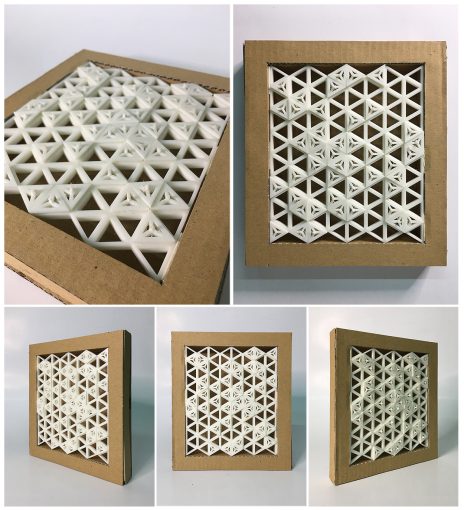
Conference paper title: The Impact of Porous Green Wall on Student Dormitories Indoor Air Quality
Author: Afifah Bintang Ummarizka Azzahra, Agus Hariyadi, Nabila Afif, Annisa P. Cinderakasih
Presented on: International Conference on Less is MOji-REboot the City, Japan. Fukuoka-Kitakyushu, Japan
Abstract:
Air pollution, both of the outdoor and household ones are a threat to our health. Researches have shown that indoor concentrations of some air pollutants are often 2 to 5 times higher than typical outdoor concentrations. According to literature data, some of the main factors which increase the indoor air pollution in dwellings are human activities such as cooking, smoking, and cleaning. Nowadays green walls have become a rising trend of architectural element which is utilized as an air purifier tool to reduce the concentration of air pollutants. By an experimental design method, this study aims to explore the most effective ratio of green walls with the help of Grasshopper plugin of Rhinoceros modelling software. Green wall in this context is defined as any wall surface covered by plants as the active agent of air purifier. There were three parameters employed in designing the green wall modules such as air pollution index, daylight intensity and thermal comfort value. Among the three types of window to wall ratios used in the modules, it is concluded that the most effective ratio had reduced 4137.4 μg/cm2 formaldehyde of indoor air pollution at one air change per hour and gave 245 lux of illuminance intensity.
